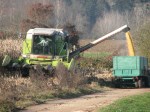Grass Silage
In the case of grass silage, many factors are important for achieving quality feeding value. One of the more important ones is the type of grass and its purity (purity in the sense that it is not overgrown with weeds). Another such factor is the moisture content in the feed itself before harvesting – this should range from 60 to 70%.
Maize Silage
In the case of maize silage, its maturity is very important. We make silage depending on the physiological maturity of the maize. If we are not sure when this is, the rule is that the maize should preferably look too mature than immature. Physiological maturity can be determined by cutting through a maize kernel. In the physiological maturity of the grain, the cross-section should not contain “milky” white fluid, but should be firm and dry. This ensures a greater nutritional value. For quality feed, it is important that silage has broken corn kernel coats. This ensures better and faster biochemical reactions, which are important for quality silage fermentation. A corn cracker ensures that broken grains are produced, which is part of modern maize silage machines and mounted immediately after the knives.
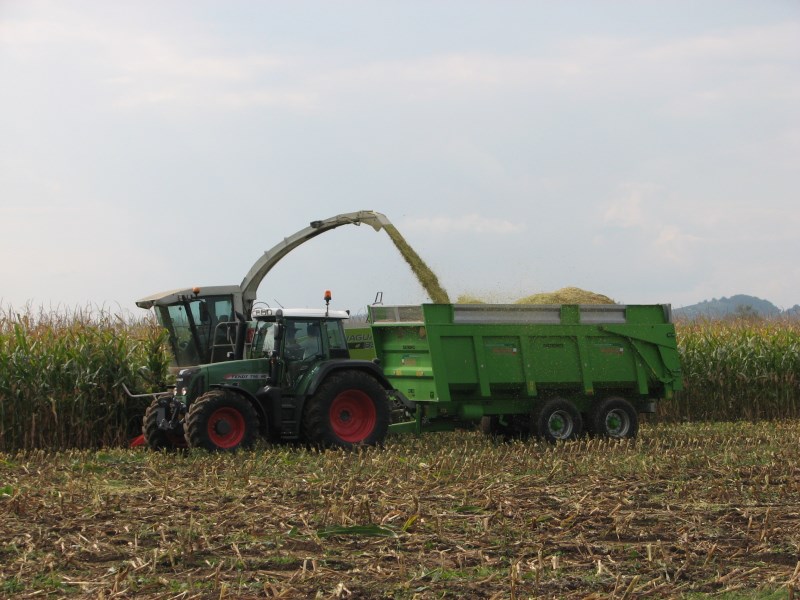
Harvesting cereals
When harvesting cereals, it is important that cereals reach their physiological maturity and an optimum moisture content.
Grass Harvest
Satisfaction with the grass harvest service, for the most part, depends on the field where the work is performed.
Maize Harvest
Maize harvest is definitely better when it is performed at a high degree of maturity. We strive to achieve physiological maturity, which in turn depends on the intended end use and the method of harvesting.
Bale Wrapping
Square Bales
There are several methods of harvesting hay and straw. One of these is harvesting in the form of square bales. Today’s machinery enables us to produce various sizes of square bales. If we choose this harvesting method, we must pay attention to the optimum moisture content in the hay or straw. Too much moisture can cause the bale to overheat, while insufficient amounts of moisture cause the hay to shatter producing, therefore, a smaller volume of hay per hectare.
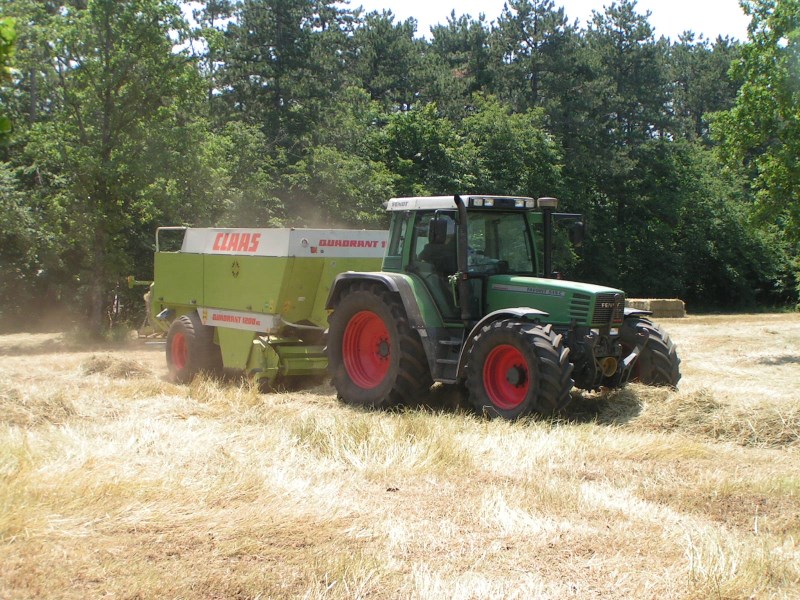
Silage in Round Bales
A common method of harvesting forage is silage. What we achieve with this type of harvesting is that due to the environment in which the forage is stored after harvest, anaerobic biochemical reactions begin, which add nutritional value to it. The environments, in which these processes occur, are different. One of these environments is also ensilaging in round bales (with these it is important that the forage is wilted to the optimal level – from 300 g to 400 g of dry matter per kilogram of forage). Attention should also be paid to the storage of bales because the quality of the forage depends on this. The most appropriate storage is setting bales turned upwards on dry, flat terrain. Leaving the bales in the field increases the possibility of collapse and air access, which reduces the quality of the forage or even completely destroys the ensiled forage.
Round Bales That Are Not Wrapped
Dry hay can also be harvested in round bales. This method of harvest is suitable if hay is sufficiently dried because the quality of stored forage is associated with its dryness. Such bales are produced with the same equipment as silage into round bales, with the exception of wrapping at the end, which is not necessary.
Hay Harvest
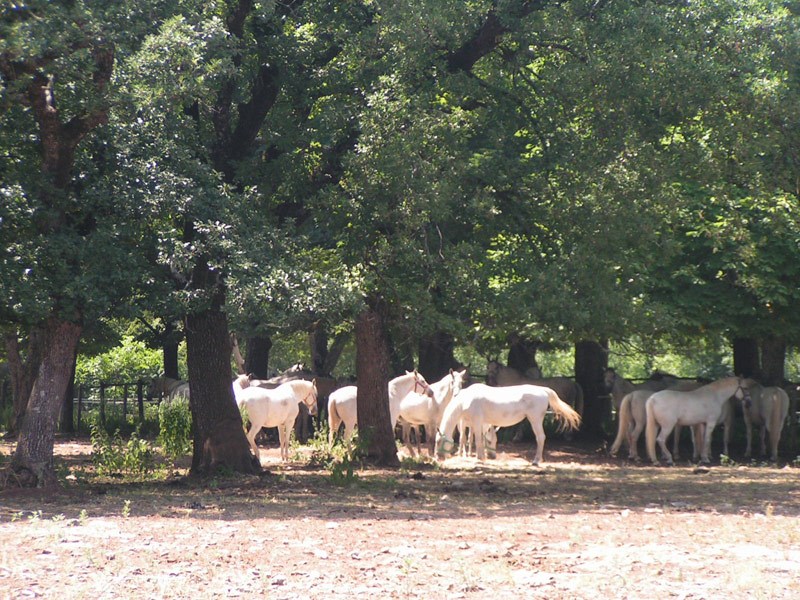
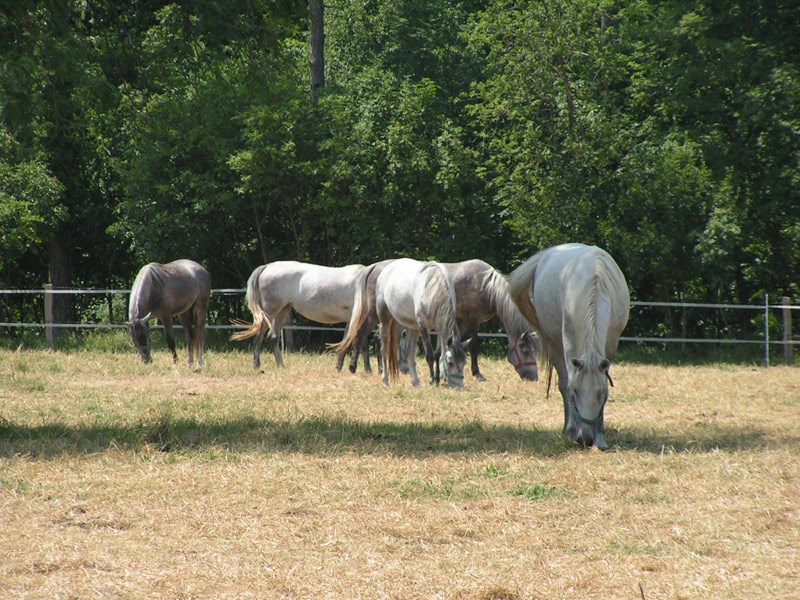
The production of high quality hay requires the following work:
Cutting
When cutting, we have to pay attention to the quality of the cut. This depends on how well the machinery for cutting is prepared.
Turning
When turning the hay, we should avoid excessive turning, as this can damage the hay too much and it, thus, loses its final volume. Excessive drying leads to the shattering of the hay and, therefore, higher losses and lower quality.
Raking
When raking hay we should not be careless about how thoroughly this is performed.
Wrapping
We have the right to demand well-shaped bales and a clean collection.
The Storage of Hay
When storing hay, we have to pay attention to safety. Of course, hay has to be stored in a suitably dry place.


